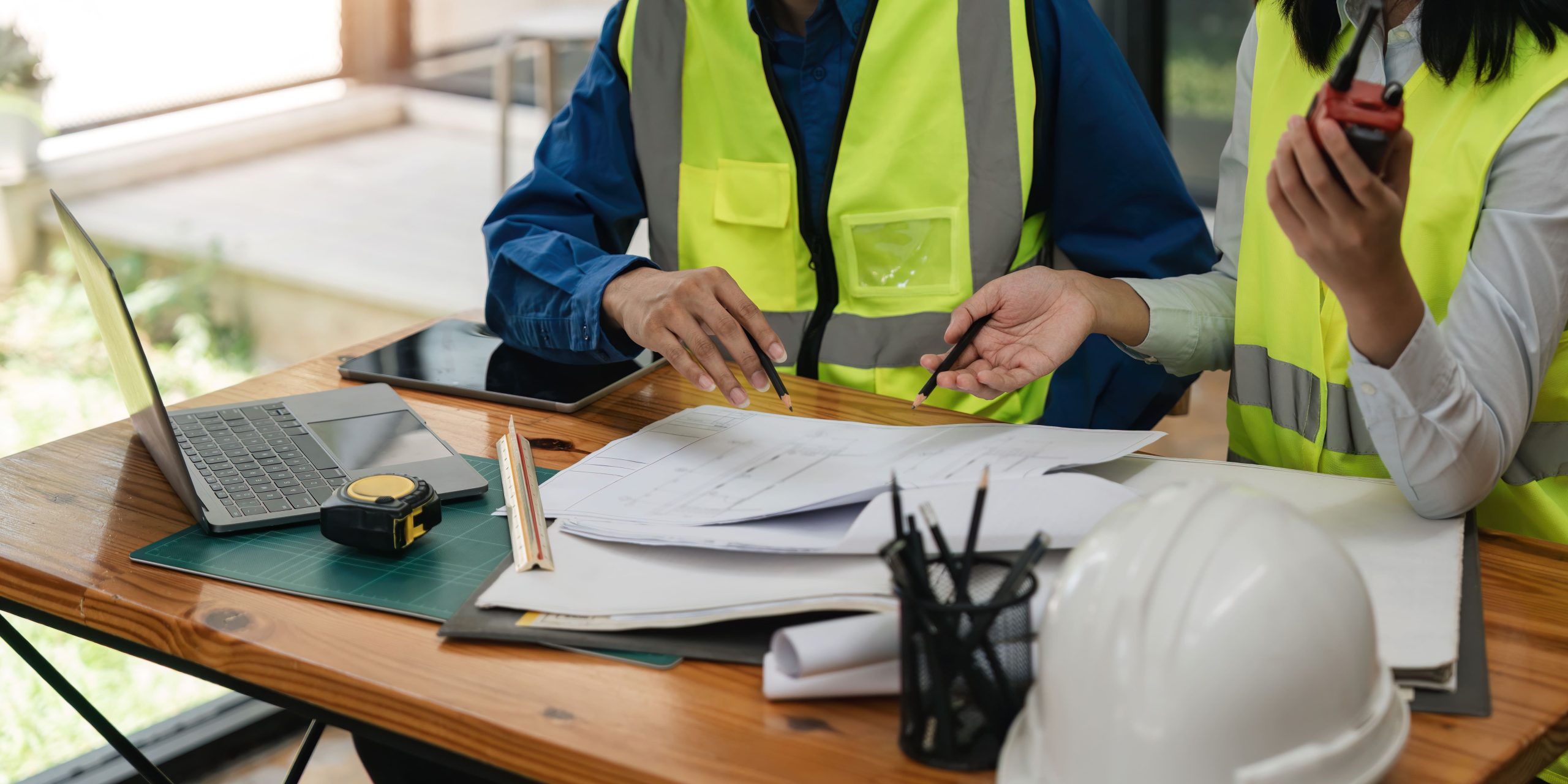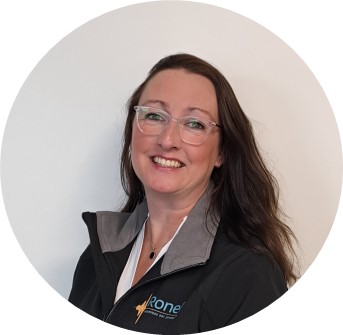According to the Dutch Working Conditions Act (ARBO-wet) hearing protection is an important aspect of occupational health and safety, especially in environments where workers are exposed to high noise levels.
The law imposes specific requirements on employers to prevent hearing damage in employees, which mainly focus on assessing and monitoring noise risks, taking measures to reduce noise exposure, and providing hearing protection when necessary.
Risk inventory and evaluation (RI&E):
Employers are required to carry out a risk inventory and assessment, which involves measuring and assessing noise levels in the workplace. If noise exposure is above the action value of 80 dB(A), the employer must take action.
Preventive measures:
The Occupational Health and Safety Act requires employers to first try to tackle noise at its source, for example by purchasing quieter machinery or changing work processes. If this is not possible, technical or organisational measures must be taken to reduce noise exposure.
Hearing protection:
Employers must provide personal hearing protection devices (such as earplugs or ear muffs) to employees if noise levels exceed 80 dB(A). When exposure exceeds 85 dB(A), wearing hearing protection is mandatory.
Information and instruction:
Employers are also obliged to educate workers about the risks of noise and the correct use of hearing protection.
Health monitoring:
When exposed to noise levels above the action values, employers must offer hearing tests (audiometric testing) to workers.
These requirements are intended to protect workers from hearing damage, which can lead to permanent hearing loss or tinnitus. It is important that employers follow these regulations closely to ensure a safe and healthy working environment.
EN 352 is a European standard that sets specific requirements for personal hearing protection equipment. This standard is designed to ensure that hearing protection products effectively protect against harmful noise levels, while also being comfortable and safe for the user.
Standard EN 352 is divided into several sections, each focusing on different types of hearing protection and their specific requirements:
These standards ensure not only the effectiveness of hearing protection in terms of attenuation values, but also the safety, user-friendliness, and durability of the products. Manufacturers must have their products tested and certified to these standards to demonstrate compliance with European regulations on personal protective equipment (PPE).

From our expertise, we who specialise in otoplastics and offer a full-service hearing protection solution, employees can do the following to effectively protect their hearing and ensure the quality of their hearing protection:
Participate in noise measurements:
Employees can actively participate in our workplace noise measurements. This allows us to determine each employee's specific hearing protection needs based on the actual noise levels they are exposed to.
Using customised hearing protection:
Otoplastics, or custom-made hearing protection, offer the best fit and comfort, as well as optimal protection against harmful noise levels. Workers should ensure that they use their custom-made hearing protectors correctly and wear them as instructed.
Following instructions and training:
It is essential that employees follow the instructions on how to correctly place and remove hearing protection, as well as participate in the carrier training offered. These trainings help raise awareness about hearing protection and the importance of wearing it to prevent hearing damage.
Participation in leak tests:
We offer free leak tests to ensure the effectiveness and quality of hearing protection. Workers should have these leak tests carried out regularly to ensure that their hearing protectors still provide the right protection.
Care and maintenance:
Workers should properly maintain, clean, and store their hearing protection properly to maximise its lifespan and effectiveness.
By following these steps, employees can actively contribute to their own hearing protection and minimise the risks of hearing damage.
Sure to comply with ARBO law regarding hearing protection? Enlist our help. Throughout the Netherlands, we help companies, organisations and factories implement the correct guidelines regarding hearing.

Trapezium 400
3364 DL Sliedrecht